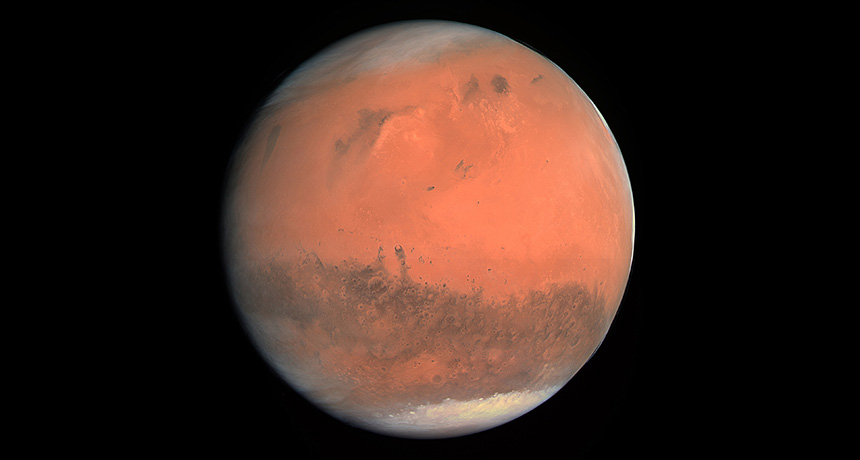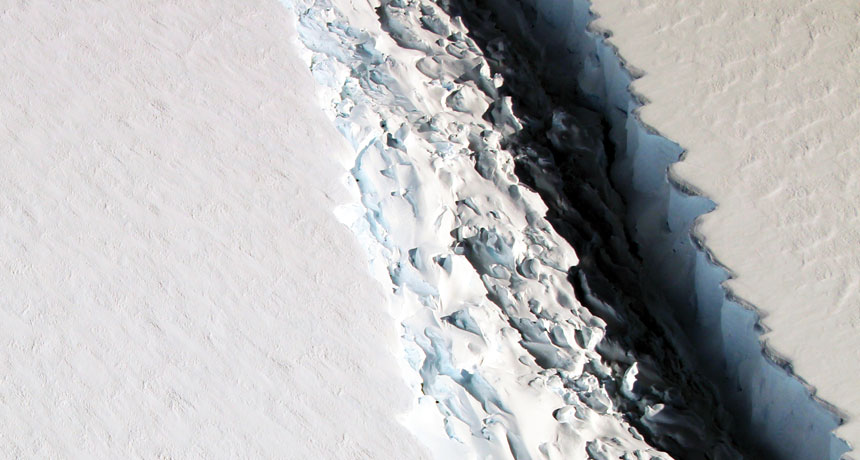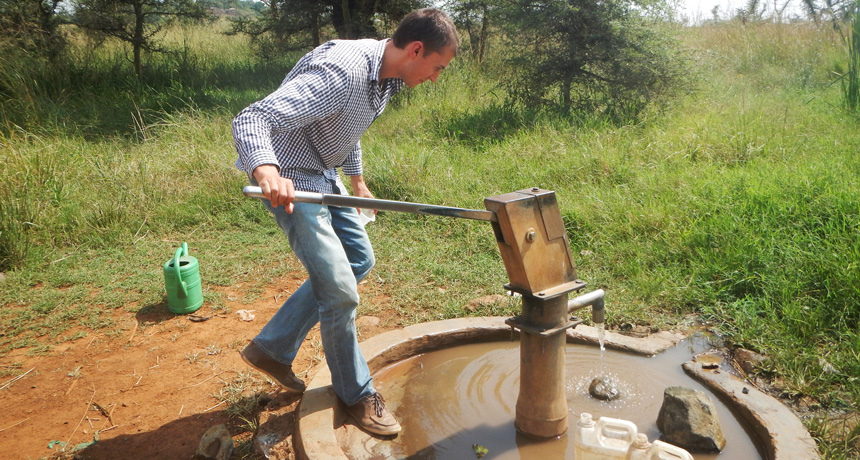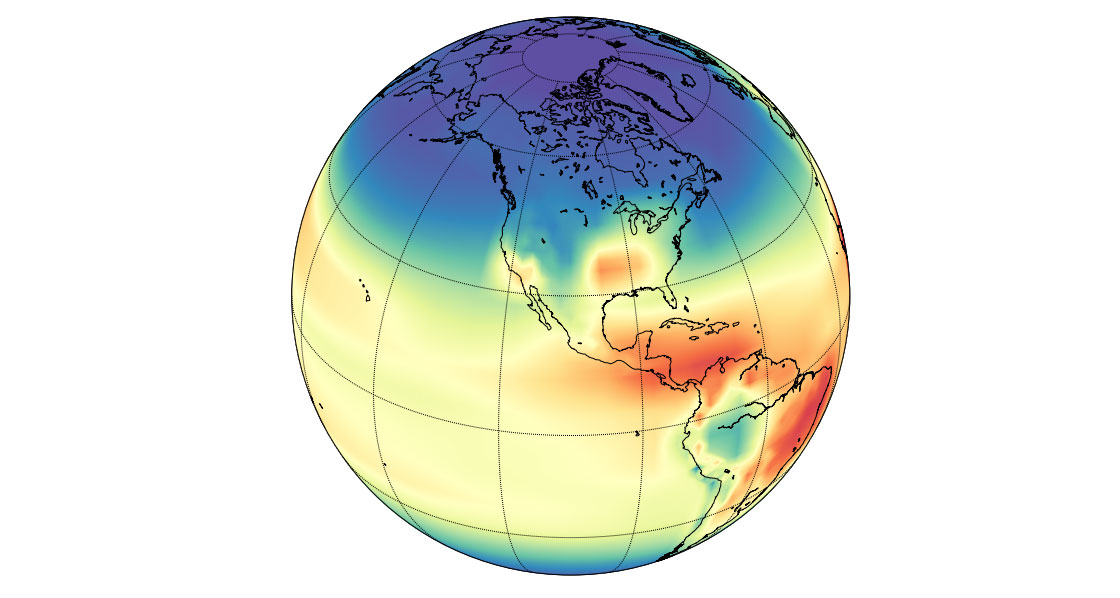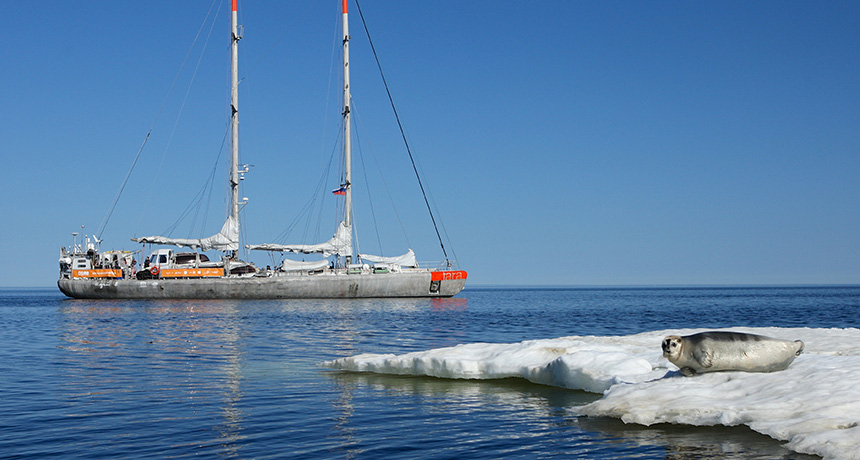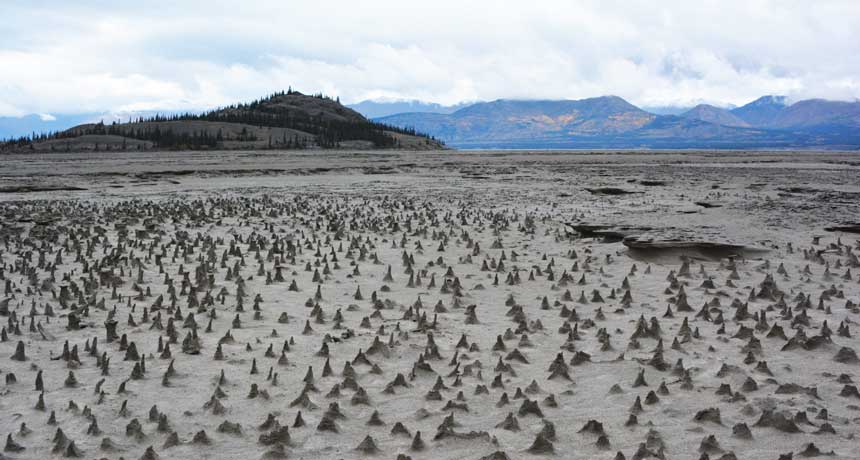Simons Foundation Now Accepting Applications for 2025 Class of Pivot Fellows
Science News, March 2024The Simons Foundation and Simons Foundation International are now accepting applications for the next class of Pivot Fellows. The program provides funding for today’s brightest minds to apply their talent and expertise to a new field in mathematics or the natural sciences.

